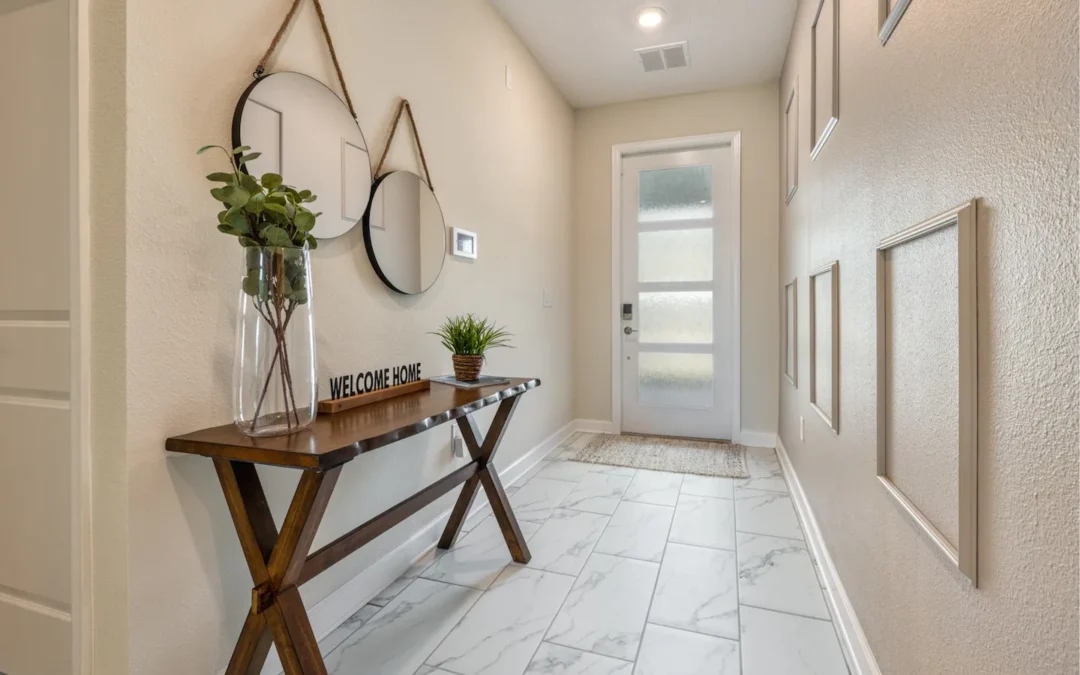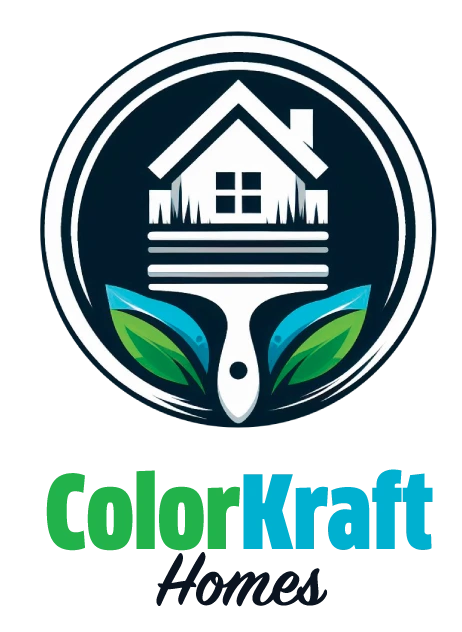Understanding the house painting cost of a painting project before starting is crucial for several reasons. First and foremost, it allows you to budget and plan accordingly, ensuring that you have enough funds to complete the project. Additionally, knowing the cost upfront can help you make informed decisions about the scope of the project and whether or not it is feasible within your budget. By understanding the cost, you can also compare quotes from different contractors and choose the best option for your needs. In this article, we will discuss the various factors that go into calculating the cost of a painting project and provide a step-by-step guide to help you determine the total cost.
Key Takeaways
- Understanding the scope of the project is crucial before starting any painting job.
- Calculating the cost of paint is important to determine the overall budget for the project.
- Estimating the amount of paint required is necessary to avoid over or under purchasing.
- Determining the cost of labor is essential to ensure the project stays within budget.
- Assessing the condition of the walls is important to identify any repairs or prep work needed.
Understanding the Scope of the Project
Before calculating the costs, it is essential to understand the scope of the painting project. The scope refers to what needs to be done and includes factors such as the size of the space, the number of coats required, any necessary repairs or prep work, and any unique features or challenges of the space. By understanding the scope, you can accurately estimate the amount of paint needed, determine the cost of labor, factor in additional materials and equipment, and assess any necessary prep work. Without a clear understanding of the scope, it is challenging to calculate an accurate cost for the project.
Calculating the Cost of Paint
One of the most significant expenses in a painting project is the cost of paint. To calculate this cost, you need to know how much paint is needed and how much it costs per gallon. The amount of paint needed depends on the square footage of the space and whether or not additional coats are required. To determine how many gallons of paint are needed, divide the total square footage by the coverage rate listed on the paint can. For example, if a gallon of paint covers 400 square feet and your space is 1,200 square feet, you would need three gallons of paint. Once you know how many gallons are needed, multiply this number by the cost per gallon to calculate the total cost of paint.
Estimating the Amount of Paint Required
| Painting Surface | Area (square feet) | Amount of Paint Required (gallons) |
|---|---|---|
| Interior Walls | 120 | 1 |
| Exterior Walls | 200 | 1.5 |
| Ceiling | 100 | 0.75 |
| Doors | 20 | 0.25 |
| Windows | 10 | 0.125 |
To accurately estimate the amount of paint required, you need to calculate the square footage of the space. This can be done by measuring the length and width of each wall and multiplying these numbers together. If there are any doors or windows, subtract their square footage from the total. Once you have the square footage, you can determine how many gallons of paint are needed using the coverage rate mentioned earlier. It is also important to consider whether or not additional coats of paint are necessary. If so, multiply the total square footage by the number of coats to get an accurate estimate of the amount of paint required.
Determining the Cost of Labor
The cost of labor is another significant expense in a painting project. To calculate this cost, you need to know the hourly rate of the painters and how long it will take to complete the project. The hourly rate can vary depending on factors such as location and experience level. To determine how long it will take to complete the project, consider factors such as the size and complexity of the space, any necessary repairs or prep work, and any unique features or challenges. Multiply the hourly rate by the estimated number of hours to calculate the total cost of labor.
Assessing the Condition of the Walls

Before starting a painting project, it is essential to assess the condition of the walls. This includes looking for any cracks, holes, or other damage that needs to be repaired before painting. It is also important to consider whether or not any prep work is necessary, such as sanding or priming. Assessing the condition of the walls allows you to factor in any necessary repairs or prep work into your cost calculations. It is important not to skip this step, as neglecting repairs or prep work can lead to poor results and additional costs down the line.
Factoring in Additional Materials and Equipment
In addition to paint and labor, there are often additional materials and equipment needed for a painting project. This can include brushes, rollers, tape, drop cloths, and more. It is important to factor in the cost of these materials when calculating the total cost of the project. Additionally, if any specialized equipment is required, such as ladders or scaffolding, this should also be considered. By accounting for these additional expenses upfront, you can ensure that you have enough funds to complete the project.
Accounting for Prep Work
Prep work is an essential step in any painting project and should not be overlooked when calculating costs. This includes tasks such as cleaning the walls, sanding or priming, and taping off areas that should not be painted. The time and cost of prep work can vary depending on the condition of the walls and the size of the space. It is important to factor in this time and cost when calculating the total cost of the project. Skipping or rushing through prep work can lead to poor results and additional costs in the long run.
Considering the Size and Complexity of the Space
The size and complexity of the space can have a significant impact on the cost of a painting project. Larger spaces require more paint and more labor, resulting in higher costs. Additionally, spaces with unique features or challenges, such as high ceilings or intricate trim, may require more time and skill to paint, also increasing costs. It is important to consider these factors when calculating the total cost of the project to ensure that you have an accurate estimate.
Comparing Quotes from Multiple Contractors
When undertaking a painting project, it is always a good idea to get multiple quotes from different contractors. This allows you to compare prices and choose the best option for your needs. When comparing quotes, it is important to consider factors such as the scope of the project, the quality of materials used, and the experience and reputation of the contractor. It is also important to ask for references and look at past work to ensure that you are choosing a reliable and skilled contractor. By comparing quotes, you can make an informed decision and ensure that you are getting the best value for your money.
Budgeting for Unexpected Expenses
 When calculating the cost of a painting project, it is crucial to budget for unexpected expenses. These can include things like additional repairs or prep work that were not initially anticipated, unforeseen complications during the project, or changes in scope. It is a good idea to set aside a contingency budget to account for these unexpected costs. This will help ensure that you have enough funds to complete the project even if unexpected expenses arise.
When calculating the cost of a painting project, it is crucial to budget for unexpected expenses. These can include things like additional repairs or prep work that were not initially anticipated, unforeseen complications during the project, or changes in scope. It is a good idea to set aside a contingency budget to account for these unexpected costs. This will help ensure that you have enough funds to complete the project even if unexpected expenses arise.
Calculating the cost of a painting project is essential for budgeting and planning purposes. By understanding the scope of the project, calculating the cost of paint and labor, assessing the condition of the walls, factoring in additional materials and equipment, accounting for prep work, considering the size and complexity of the space, comparing quotes from multiple contractors, and budgeting for unexpected expenses, you can accurately estimate the total cost of your painting project. By following these steps, you can ensure that you have enough funds to complete the project and achieve the desired results.
If you’re considering painting your house and want to know more about the cost involved, check out this informative article on house painting cost. It provides valuable insights and tips on how to estimate the expenses associated with hiring professional painters. Whether you’re in Santa Ana or Orange County, this article will help you make an informed decision. To find reliable house painters in Santa Ana, visit Santa Ana House Painters. For Orange County house painters, click here: Orange County House Painters. And if you’re specifically looking for an interior painter in Orange County, this link will guide you: Orange County Interior Painters.
FAQs

What factors affect the cost of house painting?
The cost of house painting can be affected by various factors such as the size of the house, the type of paint used, the condition of the walls, the number of coats needed, and the labor costs.
How much does it cost to paint a house?
The cost of painting a house can vary depending on the size of the house, the type of paint used, and the labor costs. On average, homeowners can expect to pay between $1,000 and $6,000 for a professional paint job.
What is the average house painting cost per square foot for house painting?
The average cost per square foot for house painting can range from $1 to $6, depending on the type of paint used and the condition of the walls. However, this cost can vary depending on the location and the contractor.
Is it cheaper to paint a house yourself?
Painting a house yourself can be cheaper than hiring a professional, but it can also be time-consuming and require a lot of effort. Additionally, if the job is not done correctly, it can end up costing more in the long run to fix any mistakes.
What are some ways to save money on house painting?
Homeowners can save money on house painting by doing some of the prep work themselves, such as cleaning and sanding the walls. They can also choose a less expensive paint option or negotiate with the contractor for a lower price.
Page Design by: Website Design and Marketing Near Me


